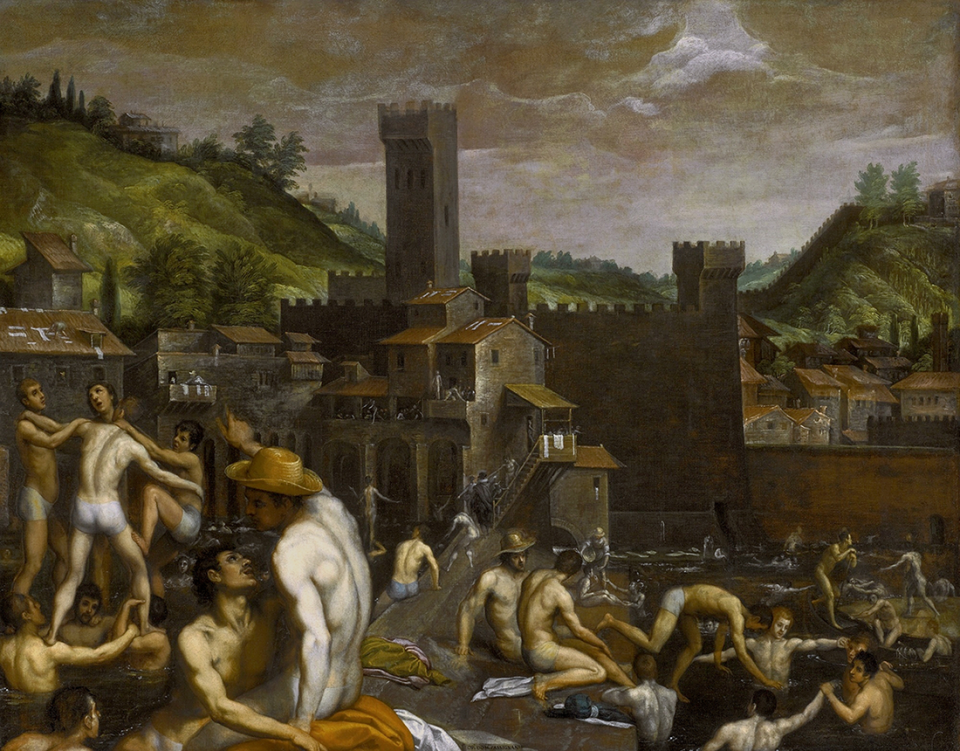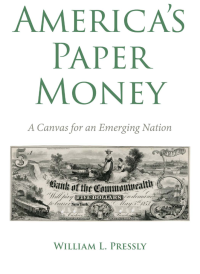This essential new volume serves as a critical resource and details the richness and complexity of the work of Joyce J. Scott (b. 1948), beginning with an overview of the artist’s 50-year career—an interconnected, community-generating practice that embraces performance art, beaded necklaces and sculptures, wall hangings, and prints. Interviews with the artist by Leslie King Hammond and Valerie Cassel Oliver focus on Scott’s matrilineage and womanist ethos and on the genre-defying choreography of her career across disciplines. Six thematic essays by established and emerging scholars discuss the ancient and global reach of beads, including Yorùbá traditions; consider the utility of satire and performance in connection with the work of emerging Black artists; and explore the significance of geography, history, and place. Excerpts from foundational out-of-print texts and an illustrated chronology annotated by Scott appear alongside contributions by artists Sonya Clark, Oletha DeVane, Jeffrey Gibson, Kay Lawal-Muhammad, Malcolm Peacock, and William C. Rhodes III. Scott makes difficult subjects intimately felt, confronting histories of trauma through wearable art and exquisite sculpture. With humor and pathos, she twists menacing stereotypes into grotesque and tender retorts that spur conversation, making art a vehicle for learning, reflection, and healing.
Distributed for the Seattle Art Museum and Baltimore Museum of Art
Exhibition Schedule:
Baltimore Museum of Art
(March 24–July 14, 2024)
Seattle Art Museum
(October 17, 2024–January 20, 2025)




